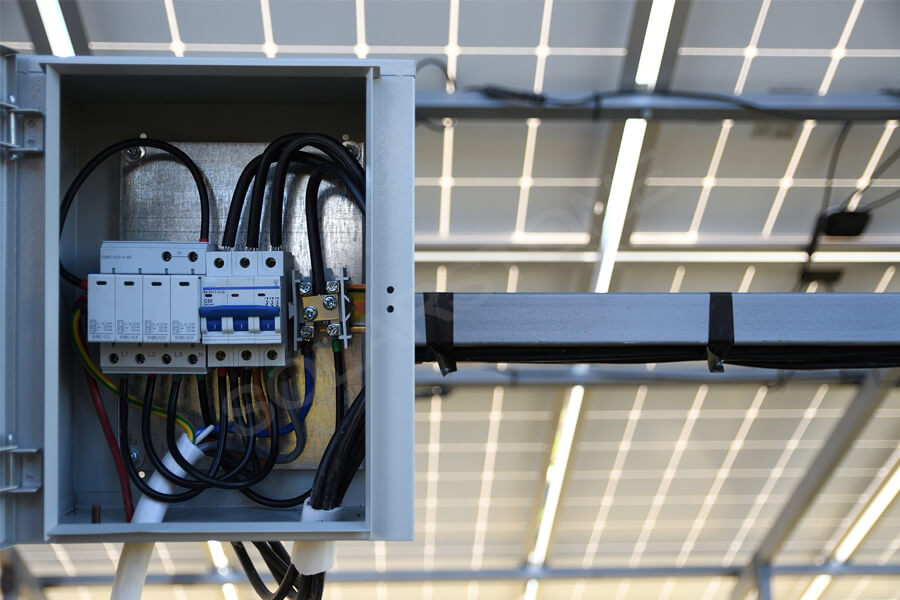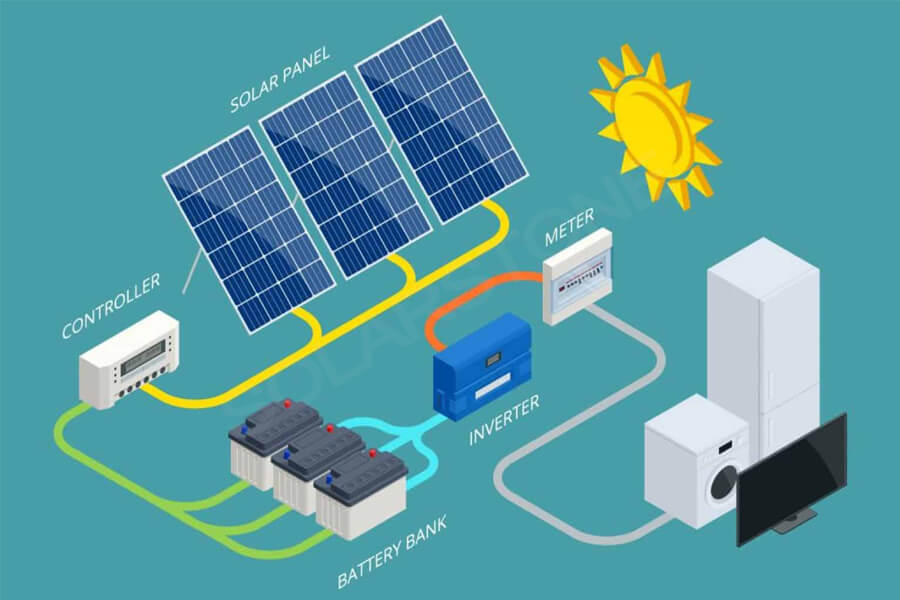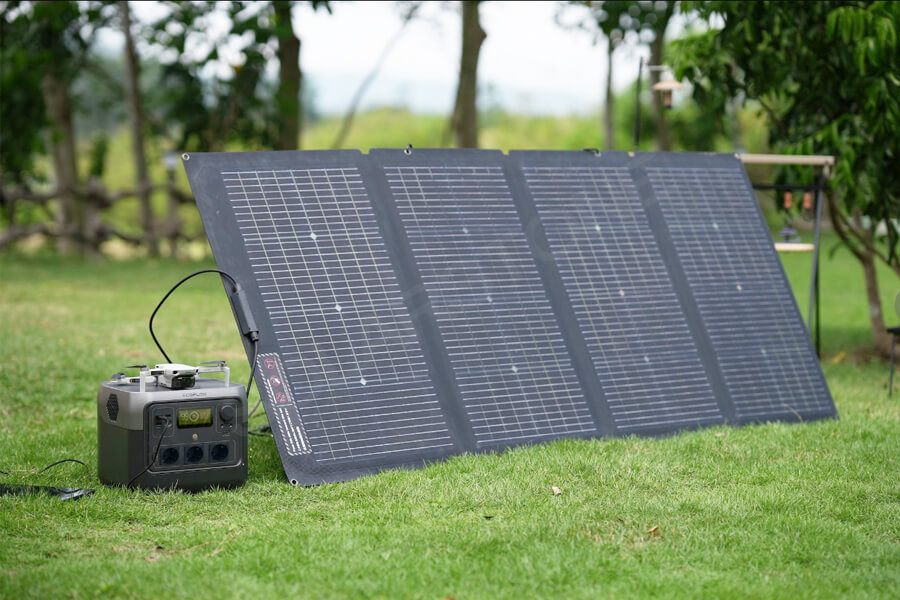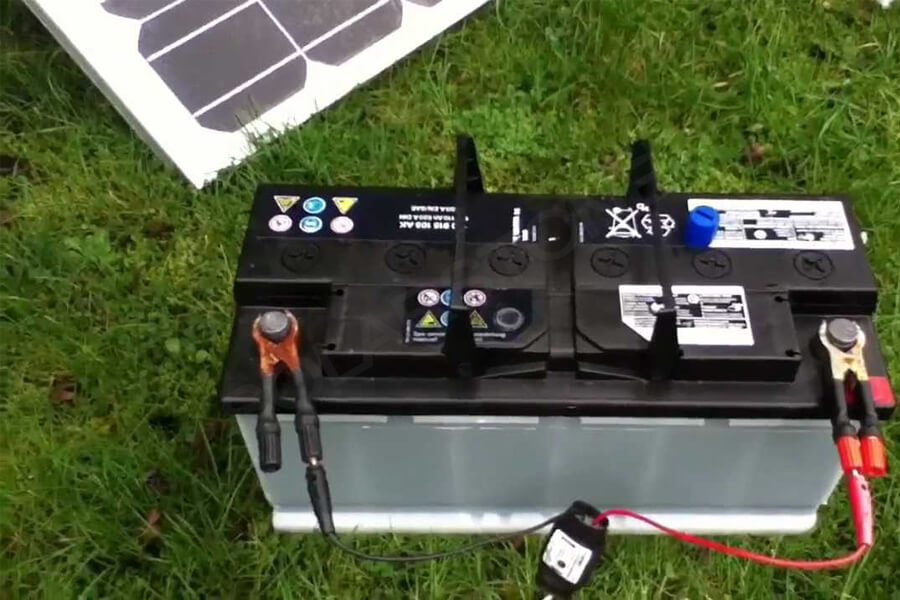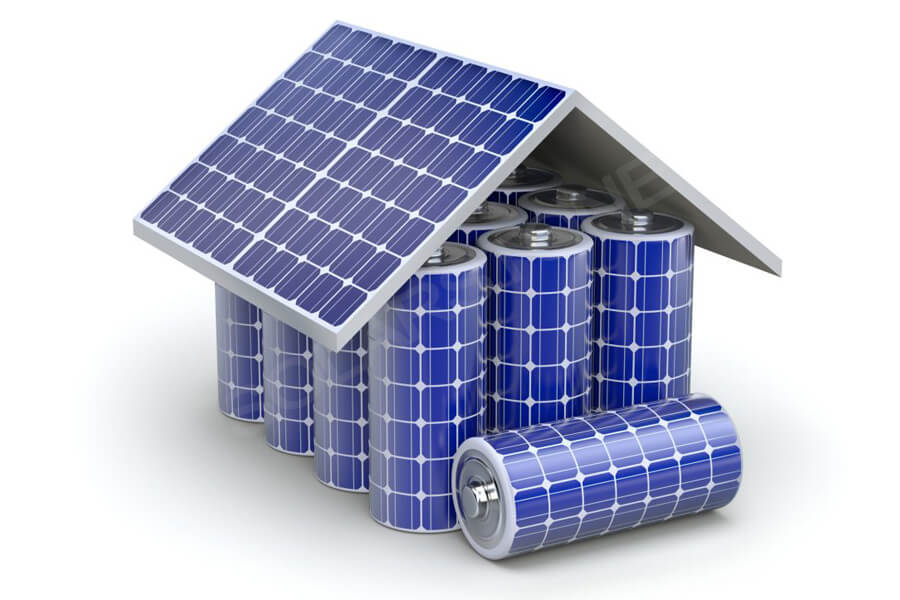In the field of renewable energy, photovoltaic panels, as an efficient and environmentally friendly power generation equipment, have been widely used in various scenarios.
At the same time, batteries, as energy storage devices, also play a crucial role. So, how do photovoltaic panels charge batteries? This article will provide you with an in-depth analysis of this issue and take you to appreciate the charm of photovoltaic charging technology.
1、 Brief answer
Photovoltaic panels convert solar energy into direct current through the photoelectric effect, and then charge the battery through a charging controller. The charging controller can ensure safe and efficient charging of the battery, avoiding situations such as overcharging and discharging that may damage the battery’s lifespan.
2、 Detailed analysis
Principles of photovoltaic panel power generation
Photovoltaic panels, also known as solar panels, are devices that use the photoelectric effect to convert solar energy into electrical energy. When sunlight shines on the surface of a photovoltaic panel, photons excite electrons in silicon atoms, causing them to jump out of the atoms and form an electric current.
Multiple photovoltaic cells are combined in series and parallel to form photovoltaic panels, thereby outputting sufficient voltage and current to supply the load or battery.
Battery charging principle
A battery is a device that can convert electrical energy into chemical energy, store it, and release it when needed. During the charging process, the chemical reactions inside the battery will reverse, storing electrical energy as chemical energy.
During discharge, chemical energy is converted back into electrical energy to supply the load. Therefore, it is necessary to provide stable voltage and current for charging the battery.
The process of photovoltaic panels charging batteries
The process of charging a battery with a photovoltaic panel mainly includes the following steps:
(1) Photovoltaic panels receive sunlight and generate direct current energy;
(2) Adjust and protect DC power through a charging controller;
(3) Transfer the adjusted DC energy to the battery for charging.
In this process, the charging controller plays a crucial role. It can automatically adjust the charging current and voltage based on the charging status and demand of the battery, ensuring safe and efficient charging of the battery.
At the same time, the charging controller also has functions such as overcharge protection and over discharge protection, effectively extending the service life of the battery.
Selection and Use of Charging Controllers
Choosing a suitable charging controller is crucial for photovoltaic panels to charge batteries. When choosing a charging controller, the following aspects need to be considered:
(1) Battery type: Different types of batteries (such as lead-acid batteries, lithium batteries, etc.) have different charging characteristics and requirements, so it is necessary to choose a matching charging controller;
(2) Photovoltaic panel power: The power of the charging controller should match the power of the photovoltaic panel to ensure that the electricity generated by the photovoltaic panel can be fully utilized;
(3) Functional requirements: Select a charging controller with functions such as overcharge protection, over discharge protection, temperature compensation, etc. based on actual needs.
When using a charging controller, the following principles need to be followed:
(1) Correct wiring: Connect the photovoltaic panel, charging controller, and battery correctly according to the instructions;
(2) Regular inspection: Regularly check the working status of the charging controller to ensure its normal operation;
(3) Timely maintenance: When faults or abnormalities are found in the charging controller, they should be repaired or replaced in a timely manner.
3、 Practical application and precautions
In practical applications, photovoltaic panels have been widely used to charge batteries in fields such as solar power generation systems, solar street lights, solar boats, and solar vehicles. These applications not only improve energy efficiency, but also reduce environmental pollution.
When using photovoltaic panels to charge batteries, the following precautions should be taken:
Ensure that the photovoltaic panels are installed in a sunny and unobstructed area to improve power generation efficiency;
Regularly clean the surface of photovoltaic panels to avoid dust, leaves, and other obstructions affecting the power generation efficiency;
When selecting a battery, factors such as its capacity, lifespan, and self discharge rate should be considered to meet practical needs;
Avoid prolonged overcharging or discharging of batteries to extend their service life;
During installation and use, relevant safety regulations must be followed to ensure personal and equipment safety.
4、 Summary and Outlook
Charging batteries with photovoltaic panels is an efficient and environmentally friendly way of energy utilization, with broad application prospects. With the continuous development of technology, the performance of photovoltaic panels and batteries will continue to improve, and costs will continue to decrease, enabling this technology to be applied in more fields.
At the same time, the development and application of intelligent charging management systems will further improve the efficiency and stability of photovoltaic charging systems. Let’s look forward to better performance of photovoltaic charging technology in the future energy field!


